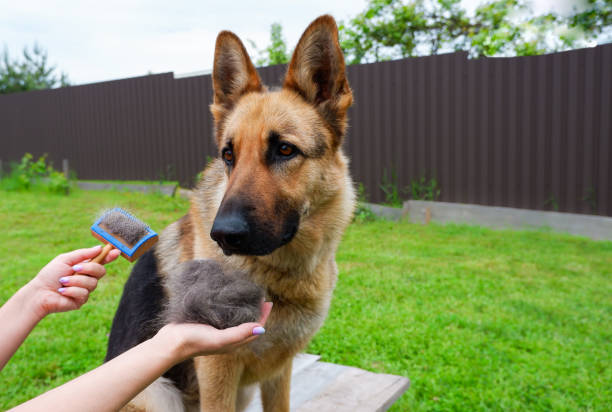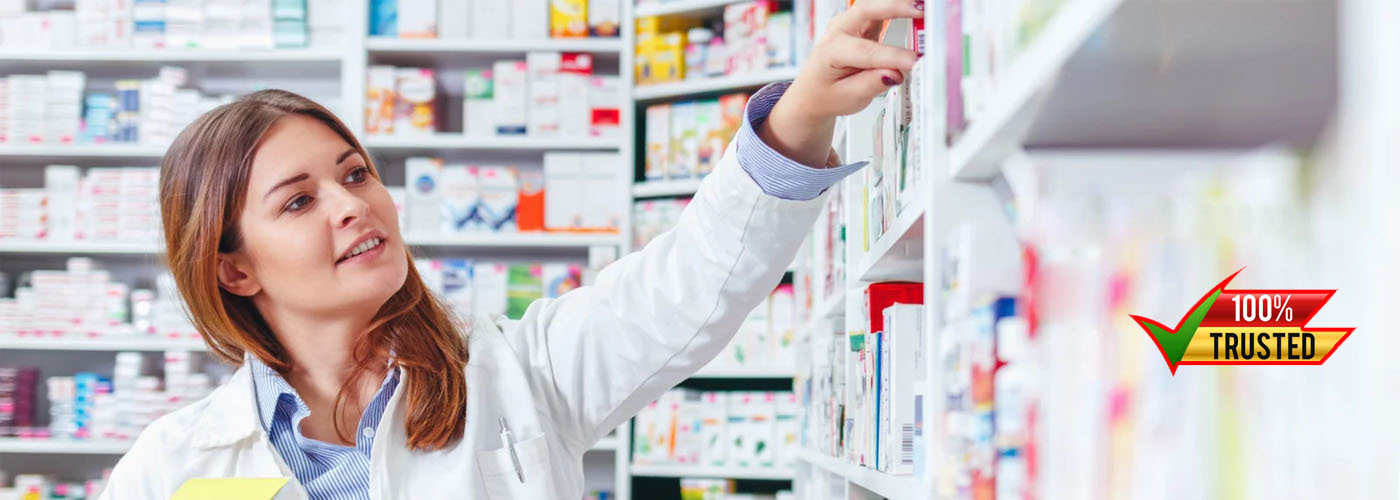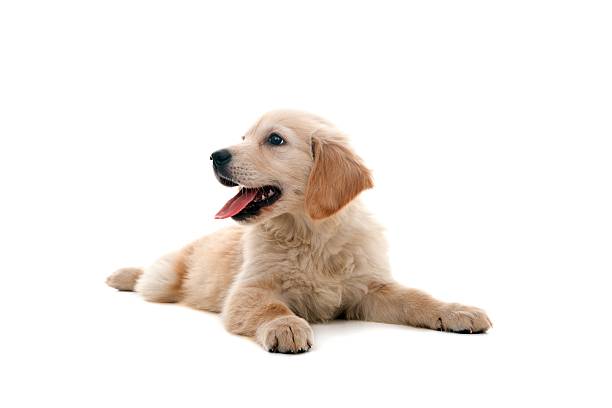what to do if my dog ate a raw potato

Dogs are known for their curious nature, and sometimes, their curiosity leads them to consume things that may not be safe for them. One such concern arises when a dog eats a raw potato. While potatoes are a common household staple, it’s important to be aware that certain parts of the potato plant contain toxins that can be harmful to dogs if ingested. In this article, we will explore the potential risks associated with dogs consuming raw potatoes, signs of toxicity, and provide a comprehensive guide on what to do if your dog happens to munch on a raw spud.
Understanding the Risks:
Raw potatoes belong to the Solanaceae family, which also includes tomatoes and eggplants. The green parts of the potato, including the skin and sprouts, contain a toxic substance known as solanine. Solanine is a glycoalkaloid that can be harmful to both humans and animals. Ingesting solanine can lead to a range of symptoms, from mild gastrointestinal upset to more severe issues like tremors, seizures, and, in extreme cases, death.
Signs of Potato Toxicity in Dogs:
- Gastrointestinal Upset: Dogs may experience symptoms such as vomiting, diarrhea, and abdominal pain shortly after ingesting raw potatoes.
- Lethargy: Solanine toxicity can lead to a general sense of lethargy or weakness in dogs.
- Tremors and Seizures: In severe cases, ingestion of solanine may cause neurological symptoms like tremors or seizures.
- Changes in Heart Rate: Some dogs may exhibit changes in heart rate, such as an increased or decreased pulse.
- Difficulty Breathing: Respiratory distress may occur in extreme cases.
Immediate Steps to Take:
If you suspect that your dog has ingested raw potato or is showing signs of solanine toxicity, it’s crucial to take immediate action. Here’s a step-by-step guide on what to do:
-
Stay Calm: It’s natural to feel alarmed, but staying calm is essential for making rational decisions.
-
Collect Information: Take note of the quantity of raw potato your dog consumed, the time of ingestion, and any symptoms observed.
-
Contact Your Veterinarian: Call your veterinarian or the nearest emergency animal poison control hotline. Provide them with the information you gathered and follow their advice.
-
Induce Vomiting (if advised): In some cases, your veterinarian may instruct you to induce vomiting at home. This is typically done using hydrogen peroxide, but it should only be done under veterinary guidance.
-
Visit the Veterinarian: If instructed by your veterinarian, take your dog to the clinic immediately. The vet will conduct a thorough examination and may administer supportive treatments, such as intravenous fluids or medications to address specific symptoms.
-
Monitor Your Dog: Even if your dog appears fine after the incident, keep a close eye on them for the next 24-48 hours. Some symptoms may not manifest immediately.
Preventive Measures:
Prevention is key when it comes to keeping your dog safe from potato toxicity. Consider the following measures:
-
Proper Storage: Store potatoes in a cool, dark place to prevent the development of sprouts, as these are particularly high in solanine.
-
Remove Sprouts and Green Skin: Before feeding potatoes to your dog, remove any sprouts or green portions, as these are likely to contain higher concentrations of solanine.
-
Monitor Your Dog: Be vigilant about what your dog has access to, especially in areas where potatoes or other potentially harmful foods are stored.
-
Educate Yourself: Stay informed about foods that are toxic to dogs and be cautious about sharing human foods, especially those that may pose a risk.
Conclusion:
While a dog eating a raw potato may cause concern, prompt action and awareness of the potential risks can significantly reduce the likelihood of serious harm. If you find yourself in such a situation, always consult with your veterinarian for guidance tailored to your specific circumstances. By taking preventive measures and acting responsibly, you can ensure the safety and well-being of your furry companion.





